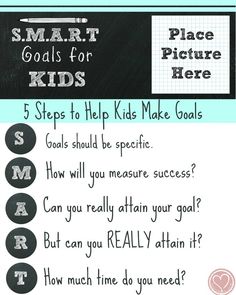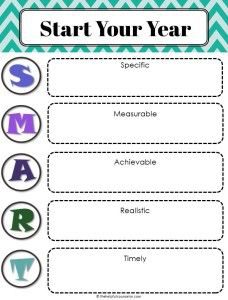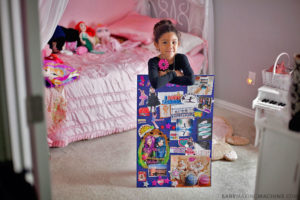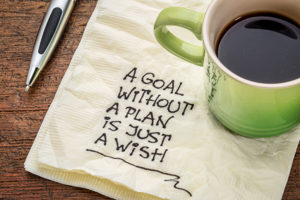
I am a firm believer that a goal without a plan is just a wish. As an adult, I annually write out my goals and spend the year breaking them down into more attainable goals that I can “check off” a list. When I taught 3rd grade, I did this same process with my students. I taught the importance of having big and small goals. These are the strategies I used in my classroom to help my students create concrete, attainable goals. These same steps can be applied to your child at home (best for ages 7 and up).
6 Tips for setting goals with children


1. Collaborate with your child to set goals. Try not to dictate what goals your little one should set. S/he is more likely to push towards their goals if they can take ownership of them.
2. Start with small goals. Starting out with small, easy to achieve goals, ensures that your child experiences some success early on in the goal setting process. Once they have some success, they will gain confidence in their abilities and are more likely to set more challenging goals in the future.
3. Make sure goals are age appropriate. Young kids between Kindergarten and third grade might set goals such as sharing with friends, reading a book independently, etc. Starting at around fourth grade, children might set more complex goals for themselves such as making honor roll or making a sports team.
4. Goals need to be realistic and attainable. Children need to set goals that they have the skills to achieve. For example, it would be unrealistic for a five year old to have a goal of reading a Harry Potter book independently because they have not developed the necessary skills to do so. This goal would most likely be unattainable for them despite their best efforts.
5. Make goals specific. Having broad goals can overwhelm and confuse a child. When setting goals, try to be as specific as possible. Instead of saying “I will do better in school,” state specifically what you will do in order to do better in school. For example, “I will complete my homework daily.”
6. Decide how you will track progress. Kids are more likely to work towards their goals when they see progress. They can track their progress by using a sticker chart, graph with tally marks, a spreadsheet, etc. Make sure they can readily see the progress they are making towards achieving their goal.

Making vision boards with children
A vision board is a visual representation of the things you want to accomplish or acquire. People create vision boards to have a constant reminder of what they are working towards. A vision board is a great tool for teaching children about goal setting. Children can use vision boards to keep them motivated and focused as they work toward their goals.

0 Comments